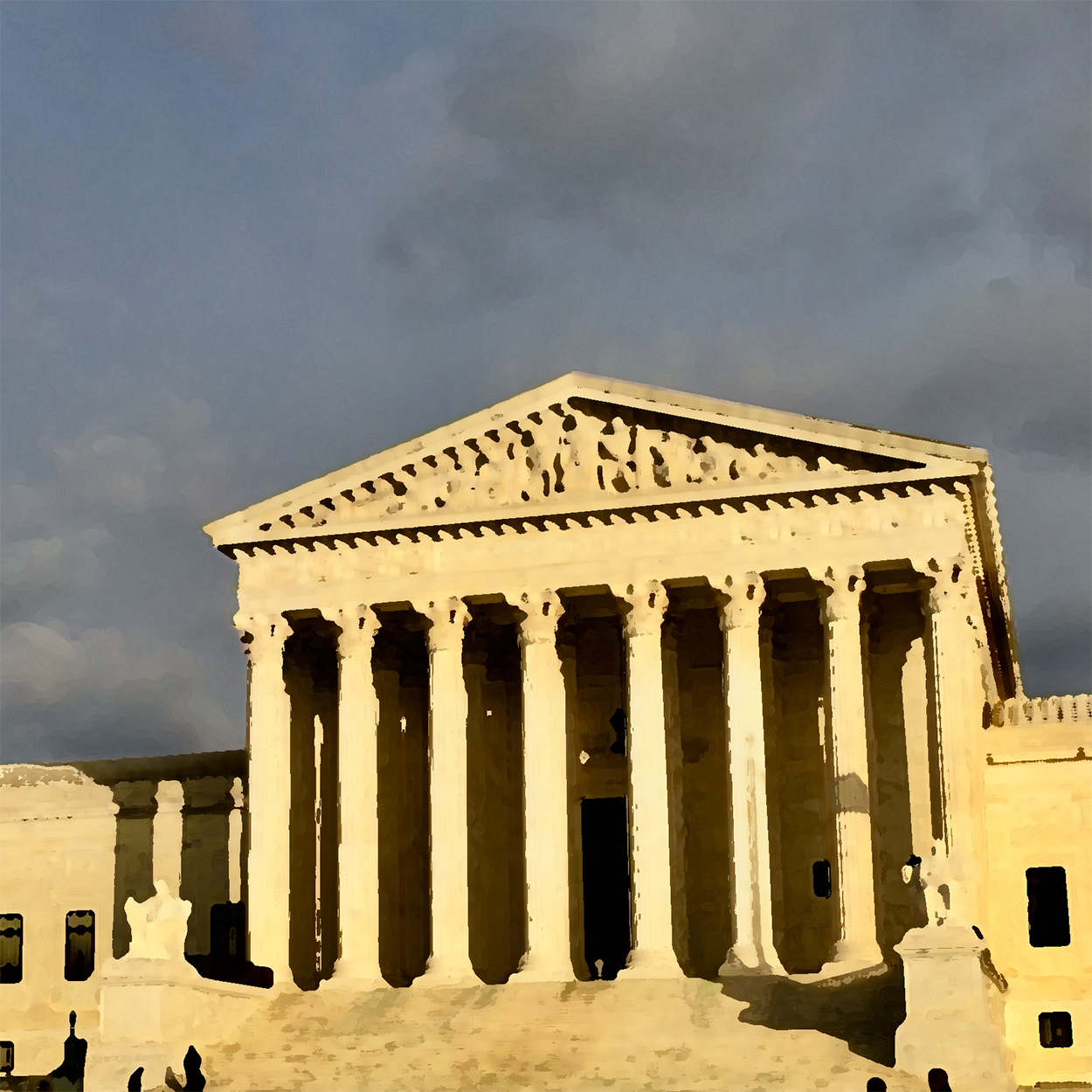The recent Netflix docuseries “Murder Among the Mormons” begins and ends with the same interview clip. Shannon Flynn, Mark Hofmann’s best friend and closest associate, sits across from an interviewer who urges him to speak to Hofmann’s prolific abilities as a forger.
Weighed down by the memory of Hofmann’s fraud and later murders, Flynn asks the interviewer to allow him to not answer the question, “I don’t want to make a hero out of him.” But ultimately he admits, “He was fantastic.”
Mark Hofmann has been called “the greatest forger to ever be caught,” and “America’s greatest literary forger.” His forgeries fooled many of the foremost experts at the time, including the United States Treasury and the FBI. And ultimately, as antiquarian bookseller Jennifer Larson noted in a 2002 symposium on Hofmann, his forgeries were never discovered within the antique books and documents community, but only as a result of a murder investigation.
Mark Hofmann was indeed “fantastic” at deceiving others—with deleterious effects lingering long afterward, even after his deceptions were unveiled. Just as Hofmann forgeries remain undetected within collections across the country to this day, one of Hofmann’s most insidious deceptions is not a document—but a narrative that has continued to have a life and even grown in popularity. Indeed, this dubious narrative is partly promoted in this same docuseries.
To be completely clear, “Murder Among the Mormons,” which was the #2 show on Netflix at its debut, is no hit piece against the Church of Jesus Christ. Despite hinting the Church may be responsible for the murders for dramatic effect in the first episode before revealing the truth, the Church is painted primarily as a victim. As director Jared Hess recently summarized for the Deseret News, “In the end, the good guys win and the bad man goes to jail.”
But I’d like to suggest that the docuseries does continue to perpetuate a narrative against the Church that Hofmann himself worked hard to plant and perpetuate: An insinuation that leaders were hiding things and avoiding appropriate transparency.
That idea is often now taken for granted by dissidents and former members of the Church. Recent research, in fact, lists worries over lack of transparency as the third most common reason people leave The Church of Jesus Christ of Latter-day Saints.
Evidently, Hofmann’s transparency fraud continues to find new victims unabated.
Hofmann perpetuated two primary frauds related to transparency.
The first regards the “Oliver Cowdery Letter.” This letter supposedly suggested that the angel Moroni first appeared to Joseph Smith’s brother Alvin. If true, this would obviously significantly change the view of early Church history. The Los Angeles Times repeatedly published allegations that this document not only existed but was being purposely kept from the public by The Church. Upon hearing these allegations the Church underwent an extensive search of their archives to try and find this document. But it could not be found.
As late as April 1987, more than a year after Mark Hofmann had been arrested and charged with the murders, the Los Angeles Times continued to allege that the Oliver Cowdery Letter existed. It was only in July after Mark Hofmann admitted publicly that he lied about the Oliver Cowdery Letter, that The Los Angeles Times admitted that he had been their only source for the claim.
While this specific narrative about the Church’s supposed lack of transparency obviously disappeared (enough so that it was not even mentioned in the Netflix docuseries) the damage had been done—and a narrative remained ingrained in many minds.
And it is this narrative that “Murder Among the Mormons” picks up and runs with. For instance, the series suggests that The Church had agreed to purchase an alleged collection of documents, “The McLellin Collection,” that would be harmful to the Church, with the intention of suppressing them. The only source for the claim that the Church intended to purchase and hide the documents was none other than Mark Hofmann.
The Church denies that they ever had the intention to purchase the collection. In fact, the asking price would have been more than five times what they had paid for all previous acquisitions from Hofmann. And Hofmann—who was looking for investments to purchase the collection—would have been highly motivated to lie about the Church’s interest.
Ultimately Hofmann’s McLellin Collection did not exist. But much like The Los Angeles Times in 1987, “Murder Among the Mormons” fails to ever make explicit that the only source for the claim that the Church intended to purchase and hide the documents was none other than Mark Hofmann.
That Hofmann’s deceptions continue to impact us shouldn’t come as a major surprise. While news stations were quick to trumpet that Hofmann’s documents “rocked the foundation of the Mormon Church” no comparable headlines ever appeared declaring the foundations of the Church “vindicated.” But the effect of these editorial decisions means an ultimately unfair impression is left with the public, sometimes for generations.
While many look at the events of Mark Hofmann as somehow an indictment of the Church and its transparency, it’s hard to see why. I’m among those who see something very different in all the details surrounding the event: a Church honestly grappling with its history.
I would argue the most infamous of Hofmann’s forgeries makes an especially good case study of the Church’s transparency—rather than the reverse, which this docuseries leaves in viewer’s minds. In 1984, Gordon B. Hinckley was well aware that the Salamander Letter had the potential to harm the Church. He wrote in his journal, “Our enemies will try to make much of this letter.” Yet when Mark Hofmann attempted to get the Church to purchase the Salamander Letter, both Hinckley and the Church’s History Department declined.
The letter was eventually sold to Steven F. Christensen who would later be murdered by Hofmann. A little over a year after its purchase, Christensen donated the document to the Church. Remarkably enough, it was only sixteen days later that the Church openly published the contents of the Salamander Letter in The Church News. This was well before the bombings ignited international interest in them. And some Church leaders even began incorporating materials from the letter in public remarks. This is far from the norm for archives which often allow documents to be studied by experts for years before releasing them publicly.
In fact, the Church published an exhaustive list of all the documents it had acquired from Mark Hofmann as soon as questions about their transparency arose.
Yet despite this, contemporary reporters continued to spread the Hofmann deception that the Church had “hid in a vault” harmful documents. Were they unaware that the list had been published, or were they purposefully misleading the public?
Similarly, Michael George, the Salt Lake City chief investigator, claimed in the “Murder Among the Mormons” that “the Church was hindering our investigation.” And while the claim went unchecked in the documentary, it’s clear the Church opened up their document collection at the time, sending files to both local and national investigators, including documents not directly related to Hofmann merely to help researchers establish a baseline.

While the modern instinct may be that anything deviating from complete transparency is somehow devious, transparency is not a passive act. Being transparent requires resources, labor, time, and focus. And being transparent about historical issues also requires research, acquisition, analysis, and, as the Hofmann affair makes clear, rigorous verification. There is a reason archives often take years before releasing documents publicly.
And yet in the most important cases, the Church went through that very work even when it could have proved harmful to them. And that is not an anomaly. In the end, Hofmann’s deception on transparency set in motion a narrative that has now taken on a life of its own.
Today the Church is engaged in one of the most rigorous transparency efforts in religious history in the ongoing digital publication of The Joseph Smith Papers. The Church’s new official history, Saints, also paints a complex transparent history of the Church based on the best current research.
So why does the narrative Hofmann worked so hard to perpetuate survive today when so many nearly immediate corrections were available? Recent research suggests that an initial lie can have a long-term effect on beliefs even when the deception is corrected instantly.
In the end, Hofmann’s deception on transparency set in motion a narrative that has now taken on a life of its own. Hopefully, this Netflix’s docuseries can provide an opportunity to recognize how Hofmann’s fraud planted this dubious narrative and begin the ongoing work of checking it in our collective consciousness.
None of this is to suggest there aren’t still important questions to discuss when it comes to transparency, history and the Church. Leonard J. Arrington, a former Church historian suggests in his autobiography several tensions between focusing on faith-promoting stories versus presenting the full and more complex version of events. But the story Arrington tells is a complex one that finds resonance in many areas of historical work (such as early American figures). Yet the story insinuating a lack of transparency that so many continue to tell today is not the nuanced one that Arrington shared many years later, but the simplistic narrative that Hofmann planted in the public mind years ago for fraudulent reasons.
Just as we need to continue finding and purging the many Hofmann forgeries that remain in circulation today, we would do well to finally put to rest one of Hofmann’s most impactful and longest-lasting frauds: his persuasive story about the Church he hated.
















